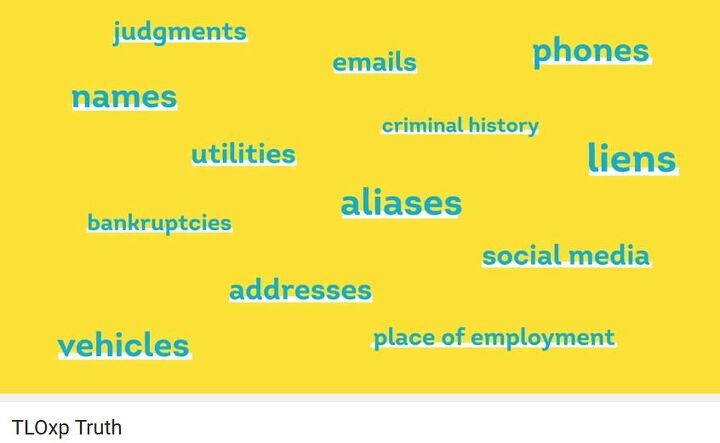#alpr
Driving Dystopia: License Plate Readers Are Becoming Increasingly Common
Policing a population is expensive. Law enforcement departments around the globe have long sought a way to tamp down costs or, more often, find better forms of supplemental revenue. Unfortunately, sending the SWAT team on a raid or hiring additional officers to patrol the highway for speeders costs money. But the price of surveillance technology continues to go down, encouraging agencies to tap into their rather robust capabilities — potentially at our expense.
China, the world leader in mass government surveillance, already has the ability to use its vast network of cameras to take over all manner of on-the-street policing. Electronic eyes are everywhere, often networked to facial recognition or plate identification technologies that enable authorities to mail you a ticket for speeding, jaywalking, or whatever else the patrolman failed to see you do in person. While some of the penalties stop at being publicly shamed via a national database or having your social credit score dropped (potentially barring you from some goods and services), these systems have also increased the number of finable offenses that make departments money.
While similar systems have been available in the United States, it seems the country’s penchant for liberty has drastically slowed their implementation. Yet it’s still happening, and there’s reason to suggest items like license plate readers and facial recognition software will soon become standard equipment for many (if not most) North American police departments.
Transunion Deploys Great New Tool for Stalking and Killing Ex-Wives
The phrase “disruptive technology” has long since been co-opted to mean “a new iPhone app for people to share photos of their meals” but it has an original and genuine meaning as well: any technology that matures faster than society’s ability to use it constructively. The list of disruptive technologies includes entries as diverse as mustard gas and the automobile itself, but the advent of the connected world has unleashed a diverse cornucopia of unintended consequences ranging from Amazon’s destruction of brick-and-mortar retailers to the corrosive effect that the various “reunion” and “classmates” websites have on American marriages.
TTAC has covered the world of automated license plate readers (ALPRs) several times, most recently discussing a company that assists police with collecting outstanding court costs and fines against motorists in traffic. We’ve also discussed the fact that governmental use of ALPRs amounts to a sort of camel’s nose under the tent.
Here’s the rest of the camel.
Time To Be Vigilant About Vigilant Solutions' Spying On Motorists?
You probably don’t know much about Vigilant Systems, but the company likely knows more about you than you know about them. That because Vigilant Systems is in the business of knowing. The company has so far collected about 2.8 billion license plate photos with its network of cameras, and every month it adds another 70-80 million photos, including a timestamp of the photo and geographic location of the plate, to Vigilant Solutions’ permanent storage. They sell that data to police departments and, depending on the jurisdiction, even some private sector institutions, such as insurance companies investigating fraud.
Vigilant Solutions’ deals with government agencies have raised concerns about civil liberties, freedom of movement, privacy and mass surveillance. As Conor Friedersdorf at The Atlantic describes Vigilant Solutions, “your diminished privacy is their product.”
Texas Appeals Court Upholds License Scanners for Traffic Stops
Police in Texas have the right to stop motorists if a license plate recognition camera system suspects the vehicle’s owner lacks automobile insurance. In an unpublished ruling last Wednesday, a three-judge panel of the Texas Court of Appeals refused the attempt by Kenneth Ray Short to have a March 2010 traffic stop declared illegal.


















Recent Comments